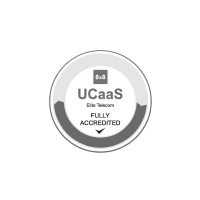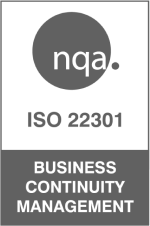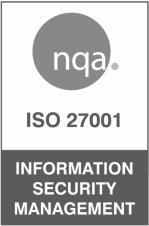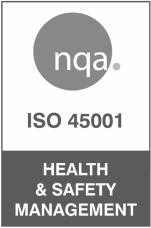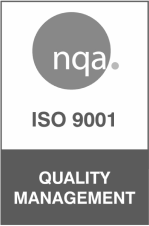
SIP vs VoIP
Learn what the differences are between VOIP vs SIP and find which option is best for your business.
VoIP vs SIP – Everything You Need to Know
When it comes to internet-based telephony, the acronyms SIP and VoIP appear frequently. If you are making the move away from legacy, PSTN-reliant solutions to internet-based telephony, you will have come across both of these terms and may be wondering what the difference is between them. Both technologies enable you to place and receive voice calls via the internet, but the way in which these technologies work and their role within internet telephony are vastly different.
Having a clear idea of what these technologies are, how they work, and the key differences between them is important to choose the best internet-based telephony solutions before the PSTN switch-off in 2027. Don’t worry, we’re here to help! We’re going to break down these technologies, so by the end of this article, you will be fully clued up on what they are, to help you make an informed decision on the best phone system for your business.

Why is VoIP Commonly Confused with SIP?
The first, obvious reason why VoIP is confused with SIP is that they’re both acronyms, containing the letters I and P and relate to internet-based communications. Another reason is the fact that although these terms have two completely different technical meanings, many people use them interchangeably. Naturally, both of these factors cause a suitable amount of confusion, which isn’t helpful for people who are trying to research internet-based telephony in order to make a decision on a business phone system.
If you are one of these people who whisper: “I just want to know which I need to buy for my business”, despairingly into your laptop screen – we feel your pain and we’re going to make this simple for you.

What is VoIP?
VoIP stands for ‘Voice over Internet Protocol’ and is the technology that facilitates voice communications across internet telephony infrastructure. Traditional phone lines rely on a legacy network of copper lines known as the PSTN (Public Switched Telephone Network). This network will be decommissioned by 2027, as it doesn’t support the communication needs of the modern world. We’ve moved on from simple telephone calls in favour of implementing a range of communication channels, including conference calling, video calls, instant messaging and more – the PSTN just isn’t designed to support this, whereas VoIP is.
Unified communications, which integrates these different communication methods into a single platform, is powered by VoIP, providing businesses with more efficient and flexible communication solutions. A virtual phone line is another key feature of VoIP, as it allows businesses to have phone numbers that aren’t tied to physical lines, making it easier to set up and scale communication systems.
Even though the deadline for the PSTN switch off is 2027, this doesn’t mean that businesses can delay moving over to VoIP before then – decommissioning has already begun – the 2027 date is a deadline for completion. Businesses that don’t move across from PSTN-reliant telephony to VoIP telephony risk having their phone system made obsolete, as it will no longer be connected to a network, causing expensive disruption and downtime until a new VoIP solution is sourced.

How Does VoIP Calling Work?
This technology enables phone calls over the internet through packet switching technology to transmit audio signals. When a VoIP call is placed, the VoIP system connects your VoIP device, such as a desk IP phone, laptop or mobile, to a carrier network. The VoIP device then converts the audio signal into data packets before the packets are transmitted over the internet network and turned back into sound at the other end. Call forwarding can also be set up with VoIP systems, allowing calls to be redirected to different devices or numbers as needed, ensuring that you never miss an important call.
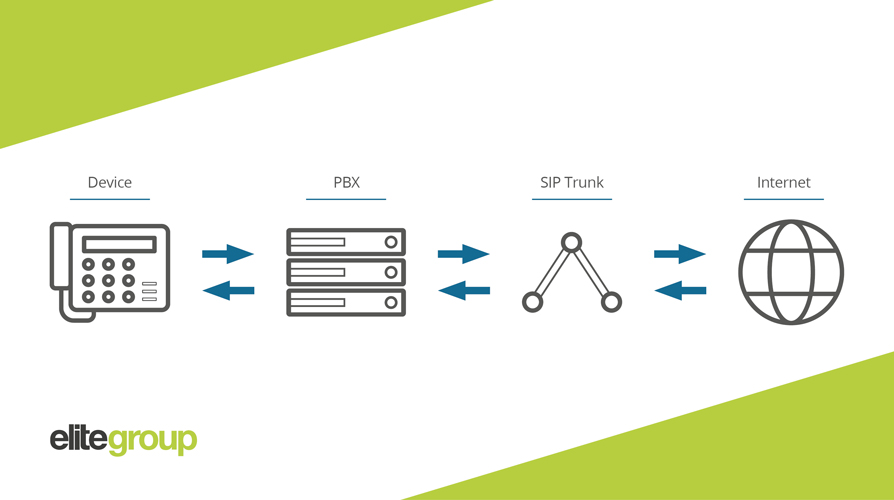
What is SIP?
Session Initiation Protocol (SIP) is an application protocol that facilitates VoIP telephony. In short, it’s the technology that can start, maintain and terminate multimedia communication within VoIP applications that allow business phone systems to integrate voice, video, fax and messaging for multi-channel communication channels across an internet connection. SIP enables voice communication and other forms of media, allowing businesses to integrate multiple forms of communication into a unified system.
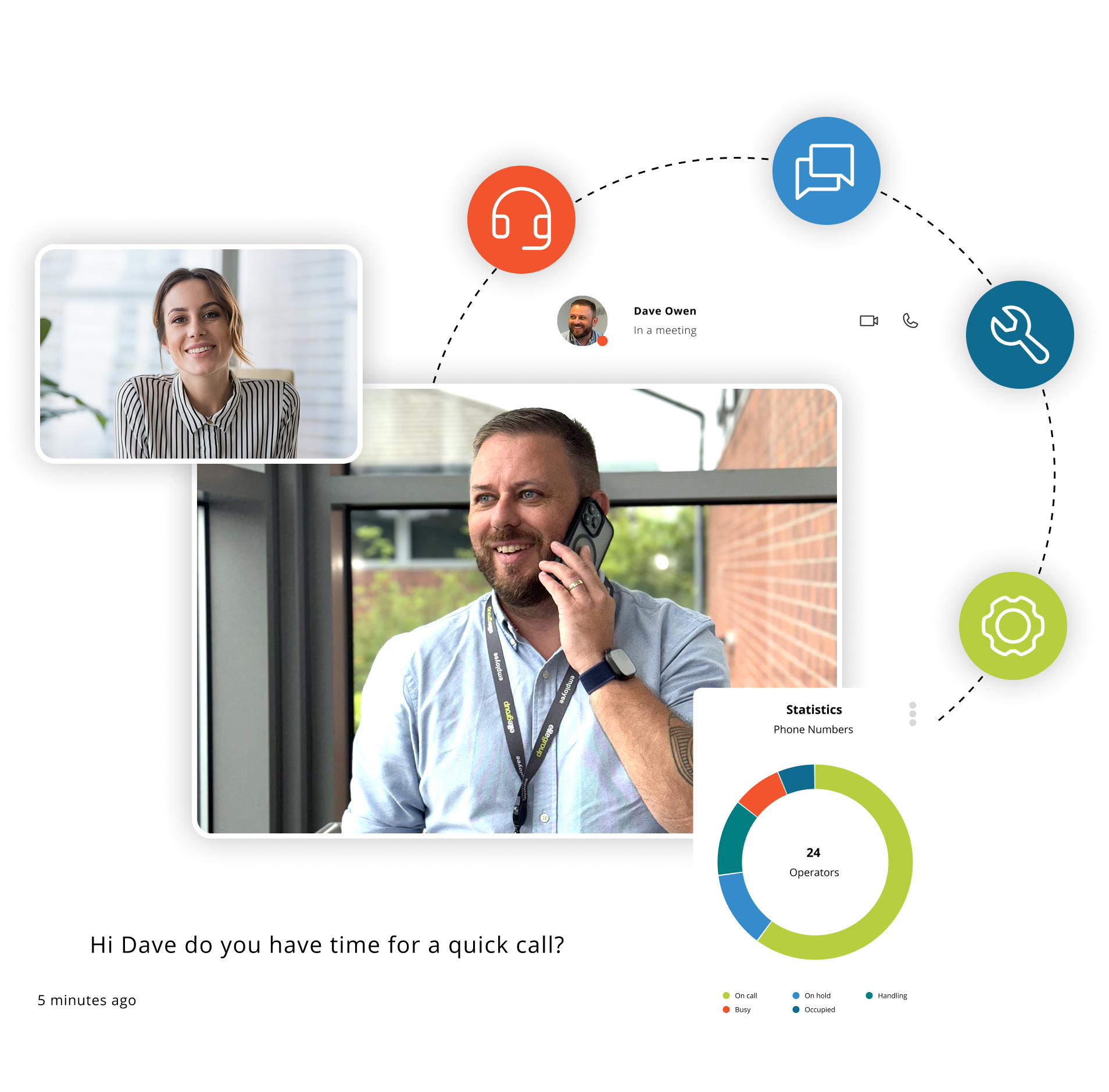
How Does SIP Work?
SIP facilitates VoIP communications by allowing your business phone system to run over the internet rather than analogue telephone lines. In addition to transferring voice data, SIP enables file sharing, instant messaging, video conferencing, and other multimedia sessions. SIP phones are specifically designed to work with SIP protocols, allowing businesses to make and receive VoIP calls directly over the internet. SIP is utilised within SIP trunking (Session Initiation Protocol Trunking), which enables businesses to connect their phone system to the internet to move over to VoIP communication.

What is the Difference Between VoIP and SIP?
Ok, so we’ve covered what VoIP and SIP are, but let’s really pinpoint what the difference is between the two technologies. The difference between VoIP and SIP is:
VoIP: umbrella term for voice communications placed via the internet.
SIP: a technology that can enable VoIP calls by connecting your business phone system to the internet.
All calls placed via the internet are VoIP calls, but not all VoIP calls are supported by SIP technology. SIP is just one protocol that can be used to facilitate VoIP communication, but it is the most commonly used protocol to enable VoIP.

What Do I Search for SIP and VoIP Solutions?
Knowing whether you should be scrolling through Google for information on SIP or VoIP depends on your intent for the search. If you are still relying on a PSTN-reliant service and are assessing your options to move across to internet-based telephony, we would recommend that you read up on SIP, specifically SIP trunk solutions. This is the technology that will hook your business phone system up to the internet to allow you to take advantage of a VoIP solution. Hosted VoIP is another solution that connects your business phone system to the internet but doesn’t require the setup and maintenance of on-site hardware, making it ideal for businesses looking for a fully managed, scalable option.
Alternatively, if you know how you are going to make the move to VoIP communications (i.e. via SIP trunking, hosted PBX or another solution), we would recommend researching VoIP business phone systems and VoIP providers to outline the platform you are going to use to access and manage your phone system and the provider that supplies the network. We would recommend reaching out to a knowledgeable provider, like Elite Group, to access specialist advice and support, so you have a full understanding of the solutions available to you and which are best for your business.
Enable VoIP with the Right Solution from Elite
With over 20 years of experience in the telecommunications industry, Elite have the expertise and technical skills to enable VoIP solutions with the right SIP solution. When you work with Elite, there's no need to shop around for multiple solutions; we can source and install both your SIP and VoIP solutions within one easy contract with us. Ready to make the move to VoIP with SIP? Contact us or call us on 0344 875 8880.

